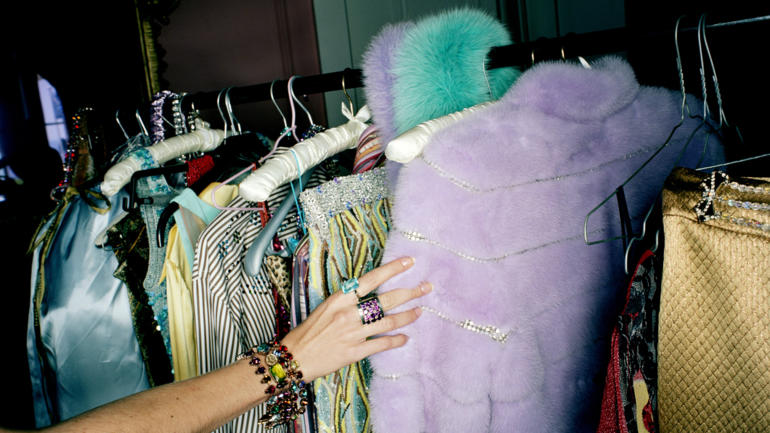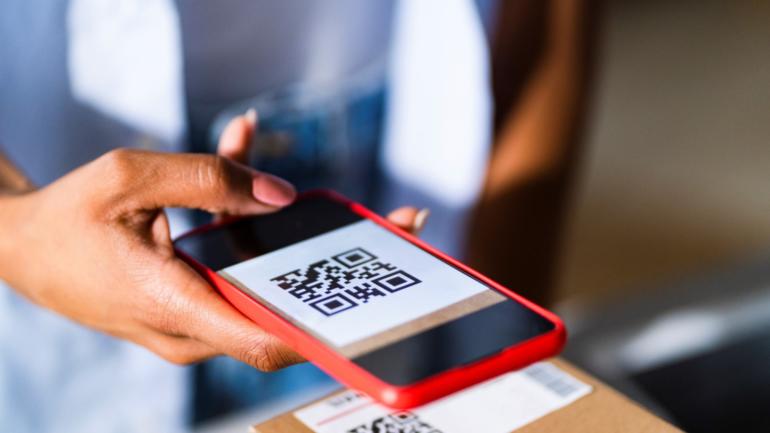In a resource-constrained world, there’s no room for waste. Getting creative with the way we obtain, use and dispose of materials will be key for a successful and sustainable global economy.
Business and sustainability experts across the globe are making a move to “go circular,” implementing better processes for sustainable inputs, improving product design and closing material loops.
This is the basis of the circular economy. It’s also one of the biggest business opportunities of our generation.
The Business and Sustainable Development Commission report, Better Business Better World, indicates that achieving the SDGs could create at least $12 trillion in business value by 2030 and generate up to 380 million jobs. The report highlights the circular economy as being one of five key game-changing business models that are helping to realize the SDGs and the market opportunities that they represent.
The circular economy itself is a $4.5 trillion opportunity, according to Accenture.
Who wouldn’t want to get involved?
Recent research shows that eight materials are responsible for 20% of global GHG emissions, 95% of water reuse and 80% of land use. Implementing circular economy principles for these materials could help address climate change, water scarcity and land-use issues.
Solutions in food and shelter are the two biggest priorities with the most positive impact potential.
At the World Business Council for Sustainable Development (WBCSD), we work with 200 companies to accelerate the transition to a sustainable world. Many of those companies are exploring and implementing circular economy solutions across their operations.
Here are some of the hottest trends we’re seeing:
Businesses want to better understand risks in the “linear” economy
The status quo for our global economy is linear: We use inputs to make products, we use the products, we dispose of the waste.
This model poses serious risks for businesses – and they know it.
Aside from the obvious procurement issues associated with diminishing resources and growing demand, there are wider financial, reputational and regulatory concerns that companies should consider.
For example, plastics marine debris is a serious problem for companies. Branded trash is literally crowding our oceans.
Every year, 800 million tons of plastics leak into the ocean – that’s a full garbage truck every single minute. If trends continue, we’ll have more plastic in the ocean than fish in the sea by weight in 2050. Much of the trash can be traced back to its origin through brands and logos alone.
Business wants to address this issue and close the loop on plastics to address marine debris. At the end of the day, there’s a value for plastics and we should be holding onto that value instead of dumping it.
Like so many of the sustainability problems we’re facing, circular solutions will be critical for addressing this.
By strengthening internal systems, designing better products and ensuring plastic is valued at every step in its life cycle, businesses can help reduce plastics marine debris and begin moving away from the risks associated with a system that does not encourage collection and recycling.
Better waste management and careful product design are important elements, but what should companies do with the waste that’s already “out there?”
In attempts to find the solution, many companies are focused on finding new uses for secondary materials.
Companies are finding new uses for secondary materials
In this scenario, one company’s waste can literally become another’s treasure.
Companies are finding creative ways to reuse waste within their operations, and are even looking to trade or purchase secondary materials that would otherwise be waste – which is why the MarketplaceHUB is so exciting.
The MarketplaceHUB connects a network of individuals and organizations practicing circular economy and allows them to find secondary materials marketplaces according to their location or preferred material. It brings together over 100 marketplaces around the world to share knowledge and best practices for anyone interested in getting started.
As companies partner up, meet up and buy valuable inputs and outputs from one another, we can hope to see entire industries start doing away with the concept of waste and move towards implementing the circular economy – but they can’t do it alone!
Policies should encourage businesses to implement circular principles. Companies need to implement closed-loop solutions and move towards removing “waste” as a business concept. Sustainability advocates in business need to help showcase positive, meaningful examples of success.
The logical question then becomes, how can businesses tell if they’re implementing circular economy principles successfully?
Increased focus on metrics and measurement
Understanding how effective circular strategies are will be key for taking them into the mainstream.
Right now, companies are implementing circular economy solutions, but are still looking to quantify the positive impact they’re having.
Understanding and communicating the economic, social and environmental benefits of going circular goes a long way in helping sustainability professionals integrate circular principles across their businesses – there’s a lot work to be done on this.
Companies need an agreed approach to define and measure success, and a clear framework for implementing the best principles across entire industries.
These questions need to be answered if we’re ever going to get to a circular global economy.
Overall, it’s good news
The good news is that companies and policymakers are starting to understand the benefits of going circular.
At WBCSD, we’re working hard to promote a “circular mindset” among our CEOs and business leaders.
Over the next few weeks, we’re releasing foundational materials for building business-focused solutions to address circular economy issues, and we’d love for you to get involved. Stay tuned for an exciting announcement about this work at the World Circular Economy Forum in Helsinki.
We’re on this planet together, we might as well do everything we can to ensure that society and the environment are healthy by doing more with less. Feel free to reach out if you would like to contribute.








